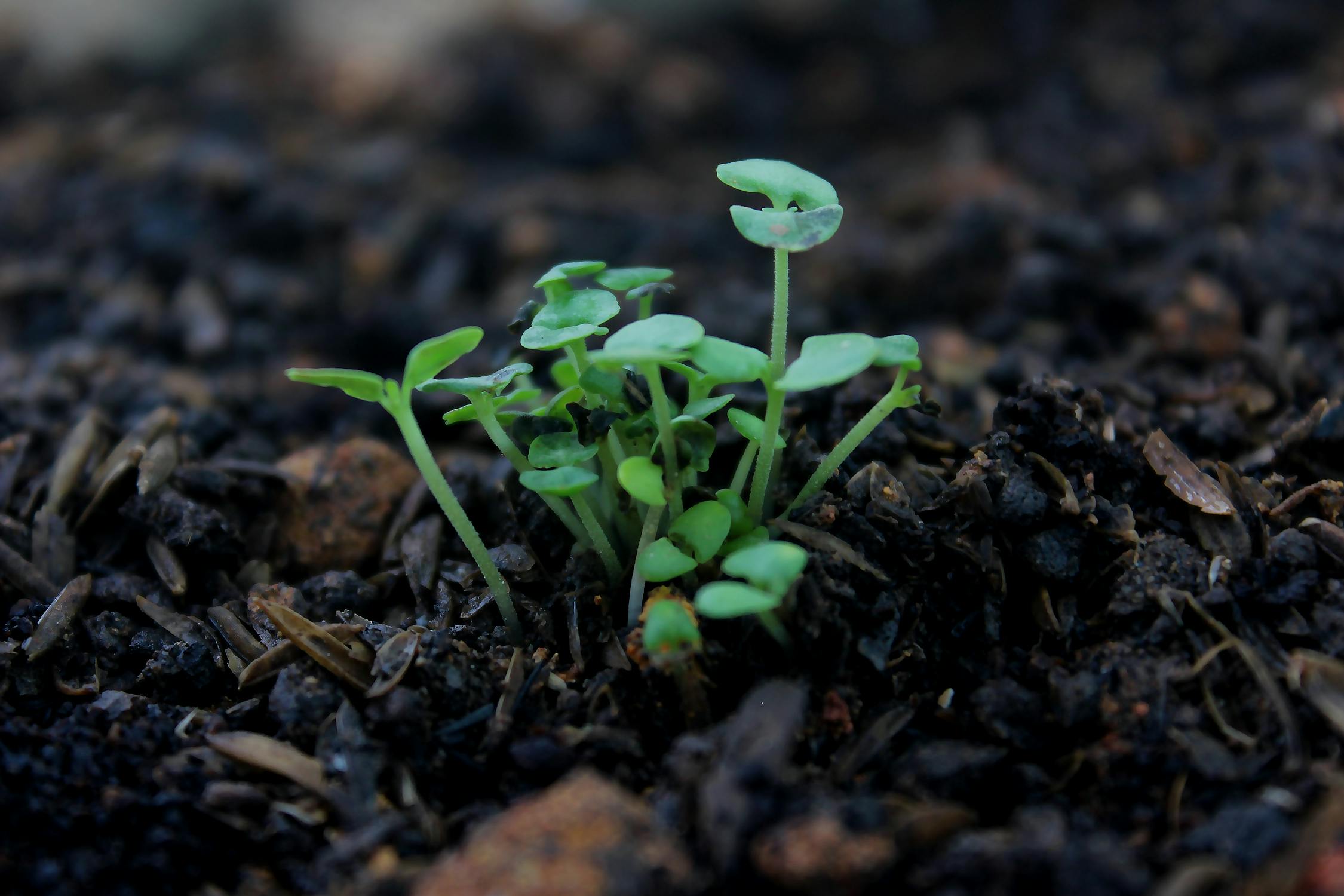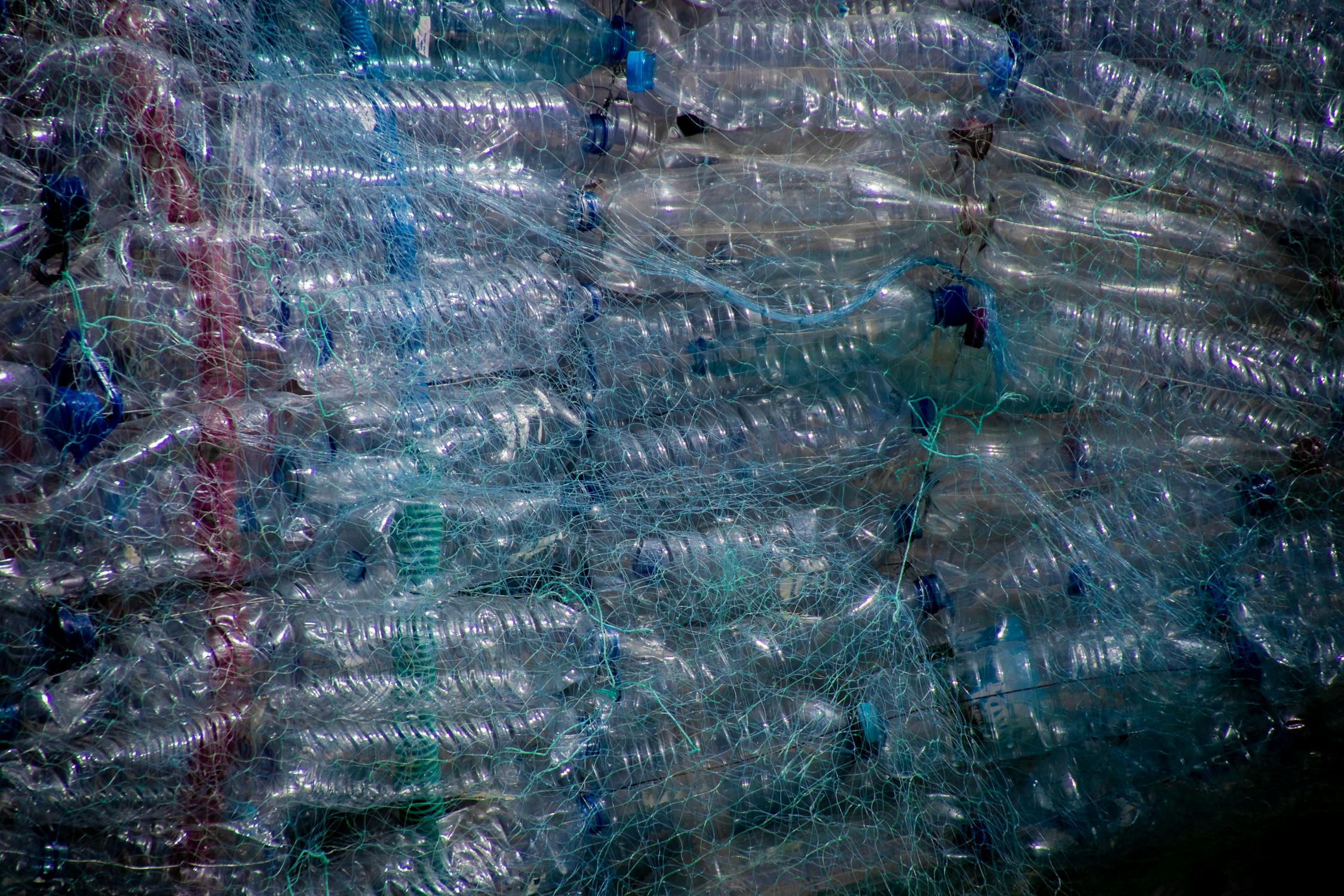Cradle to Cradle (C2C): the sustainable solution to eliminating waste
Cradle-to-Grave? Cradle-to-Cradle?
The term cradle-to-cradle, or C2C, often shows up when we are discussing the topics of sustainability, eco-friendly design, and the circular economy. In order to understand “Cradle to Cradle”, we have to start by defining “Cradle to Grave”. The cradle-to-grave design model, also known as take-make-waste, is the model in which the majority of products we use today are based on. It is a design system that relies on extracting the (seemingly) unlimited supply of Earth’s natural resources to make products without taking into consideration their end-of-life, leading to large amounts of waste and pollution.
The main issue with this linear design model is the huge amount of resources extracted from our Earth that ultimately end up as waste that is unable to be recycled, upcycled, or regenerated. The truth is that, we do not have an unlimited amount of natural resources. We are taking far more and far faster than our Earth can replenish its resources; the damage is close to irreversible at this current rate if we don’t rethink and redesign our systems as a whole.
As we take a closer look into the entire lifecycle of a product, we start to realize that waste is everywhere. Waste is created during the material extraction phase, during the production phase, during consumer-use phase, and of course, at the end of its lifecycle when it is no longer needed. Thereby creating even more waste and pollution as they get incinerated, sit in landfills, or end up in our natural environment.

Introducing C2C
The methodology Cradle to Cradle (C2C) was developed by chemist Michael Braungart and architect William McDonough in 2002, “presenting an integration of design and science that provides enduring benefits for society from safe materials, water and energy in circular economies and eliminates the concept of waste” (McDonough, 2022).
The foundation of Cradle to Cradle is based on natural life cycles and the idea that in nature: “waste equals food”. In nature, everything is a resource for something else. Essentially, there is no waste, as “waste” from one system becomes the resources for another, in an infinite cycle that leaves no waste, pollution, or contamination behind. It is about seeing waste as a resource rather than garbage, and applying this concept from the very beginning, and through all stages of design and production.
Cradle to Cradle can be categorized into two cyclical systems: the Biological Cycle and the Technical Cycle. The biological cycle refers to materials that are naturally biodegradable and can be returned to nature. This includes natural fibers and plant-based materials. The technical cycle includes materials such as metals, oil-based plastics, and chemicals that, on their own and not mixed with other materials, can be recycled or reused to produce other products in a closed-loop system.

The Challenge
If Cradle to Cradle sounds like the ideal design model—reduced material extraction, reduced energy usage to obtain and process virgin materials, and reduced waste—you might be wondering why we don’t hear of it as much, and why it’s not common, or even the norm.
There are several challenges to the C2C system. Currently, most products follow the Cradle to Grave system, meaning that once a product reaches the end of its consumer-use, it gets discarded and becomes waste. Products become waste when their components cannot be separated and broken down into usable materials.
The issue at hand is that most products, as they have not been designed with the purpose of being regenerated, are composed of blended materials that cannot be separated and thus recycled. Additionally, the quality of these materials is important because “the idea isn’t to just downcycle materials once, but to make them in such a way that their quality stays high and can be endlessly recycled” (Vartan, 2021). Once biological and technical materials get mixed together, it becomes difficult or even impossible at times to separate them, whether it’s to safely return natural materials back to nature or to revert technical materials to a state where they can be reused for new products.
“[Cradle to Cradle is] an ambitious concept and requires an enormous amount of careful thinking, tinkering and designing in the formation of any product: every single manufacturing step must be re-thought to ensure that not only is nothing wasted, but that every single component is fully biodegradable and nontoxic.”
The Goal
With these challenges and our predominantly linear economy in mind, it will not be easy to achieve Cradle to Cradle on a global scale. However, in recent years we are definitely witnessing a surge in sustainability efforts in various sectors of the economy, and the push towards more eco-friendly and eco-conscious mindsets. We cannot turn a blind eye to all the human-caused environmental damages, and it is our duty and responsibility to reduce our negative environmental impact, reverse climate change, and restore our Earth.
By implementing the concept of Cradle to Cradle to our design thinking and processes, we can help to realize circularity and minimize the harm done to our planet, reduce waste and pollution, and save valuable resources through upcycling.
“Maybe the most important thing we’ve been trying to do is change the conversation: move us away from “less bad” and toward “more good.” We are trying to redefine human industry for generations to come under a new, beneficial design strategy. It will take forever and it will take us all. But then, that’s the point.”
Koup and C2C
At Koup, we aim to close the loop and eliminate as much waste and pollution as possible during all phases of production. Our first product, the Cinnamon T-shirt, is made from 100% recycled plastic bottles to reduce the impact of single-use plastic. By using recycled plastic over virgin plastic, we potentially save plastic waste from getting incinerated, ending up in landfills, and becoming pollutants of our natural environment. Additionally, recycled polyester can save up to 58% in energy usage and 45% in greenhouse gas emissions.

Using 100% recycled polyester as the core material of our products also makes it so that they can—and are meant to—easily be broken back down into polyester pellets, ready to be upcycled into new products. Rather than following the traditional linear economy model where products become waste at the end of their consumer-use phase, we designed our products with their end-of-life in mind. This is achieved by planning and designing all phases of their life cycle, from beginning to end, and ensuring that materials can be reutilized as for new products again and again without reducing in quality.
Waste doesn’t have to be waste. Waste is only waste if we allow it to be. Once we are able to look beyond just the use-phase phase and the “final” product, we can begin to view all products and materials as the valuable resources that they are.
References:
- https://www.treehugger.com/what-is-cradle-to-cradle-5191335
- https://www.treehugger.com/ask-experts-why-hasnt-cradle-to-cradle-design-caught-on-yet-4853787
- https://www.bbcearth.com/news/cradle-to-cradle-our-zerowaste-future
- https://mcdonough.com/writings/cradle-cradle-remaking-way-make-things/
- https://mcdonough.com/cradle-to-cradle/
- https://sustainabilityguide.eu/methods/cradle-to-cradle/
- https://fashionunited.uk/news/business/delivering-on-circularity-the-fashion-industry-s-role-in-transitioning-to-a-circular-economy/2022062163724
Images:

Leave a comment
Please note, comments must be approved before they are published